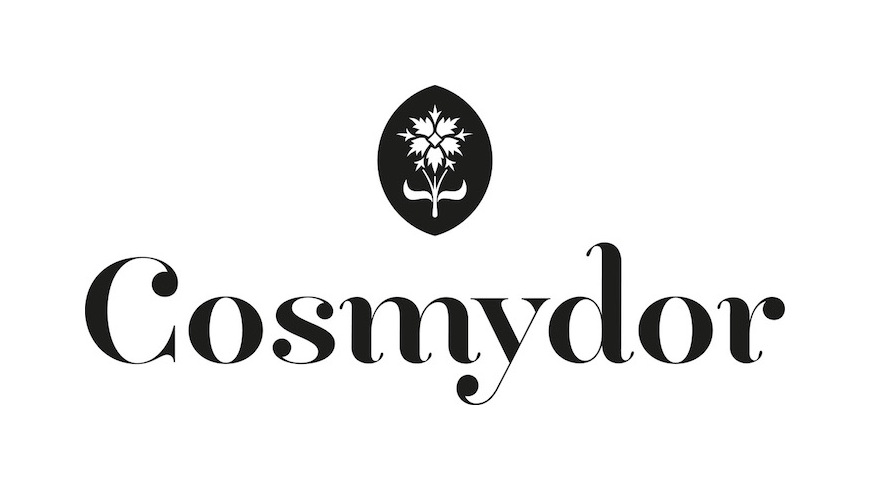Best-Before Date: Why Freshness Rhymes With Skincare Quality and Efficiency
What is the Best-Before date (“DLUO” in French), and how is it determined?
The Best-Before date is calculated based on the production date.
To determine it, we carry out an accelerated aging study: a sample of the product is placed in the refrigerator, this is the witness. One sample is at room temperature and one sample is in an oven at 45°C. The latter, under the effect of heat and humidity, will degrade more quickly and make it possible to check the stability of the product more quickly than at room temperature.
Throughout the duration of the study, we carry out regular physico-chemical and organoleptic measurements on each sample: pH, weight, density, odor, color, texture... This allows us to identify any instability during the study in comparison with the control.
In case of instability, it is necessary to review the product formula in order to solve the problem. In the case of an emulsion, it may be a phase shift of the product induced by various phenomena such as, for example, coalescence, flocculation or sedimentation.
In natural cosmetics, the duration until the Best-Before date is generally between 6 and 24 months. A short duration does not mean a lack of quality. Indeed, using raw ingredients, limiting the use of preservatives and other stabilizing ingredients that we consider non-essential, induces a shorter product stability.
Any potential risk if the Best-Before date is exceeded?
Thanks to the tests carried out, the manufacturer guarantees that no deterioration of the product takes place before this date. But exceeding this date does not mean that the cosmetic product is expired!
Here are some possible checks to ensure that the product can still be used:
Smell the product: if the smell is no longer as present, it only means that the aromatic molecules have evaporated over time. This may disturb the experience but does not indicate that the product is dangerous.
On the other hand, if the smell is strong, rancid or acidic for example, it may be a sign of rancidity or contamination. It is better not to use the product anymore.Observe the product: if the product has turned brown, this may be a sign of oxidation. Even if this phenomenon is not a priori dangerous, it is recommended that you no longer use the product.
What is the difference with a PAO?
For products with a durability greater than 30 months, it is also necessary to indicate a PAO (Period After Opening). Unlike the Best-Before date, the PAO does not take into account the date of manufacture. It corresponds to a period generally between 6 and 36 months after the user has opened the product. It is represented on the container by an open cosmetic jar with a number of months. It is used by so-called industrial cosmetics, which generally formulate with petrochemical preservatives in large quantities. This does not concern any Cosmydor product.
So why Best-Before dates of 12 to 24 months at Cosmydor?
It is a difficult choice, especially from a practical point of view. It stems from a definitive and systematic decision to include less than 1% preservatives in the formulas, and to use only preservatives of natural origin.
This, combined with an absolute refusal to include petrochemical molecules as excipients, for texture or fragrance, gives our R&D complete freedom to formulate with extraordinary concentrations of active natural ingredients (mostly vegetable oils, floral waters and essential oils), providing quite unique levels of efficiency for Cosmydor’s skincare.
This is the only way to avoid any harmfulness of skincare products for human health and to ensure, in parallel, impeccable respect for the planet.
The logical consequence of Cosmydor’s absolute desire to offer “Cosmétique Vertueuse” (virtuous cosmetics).



